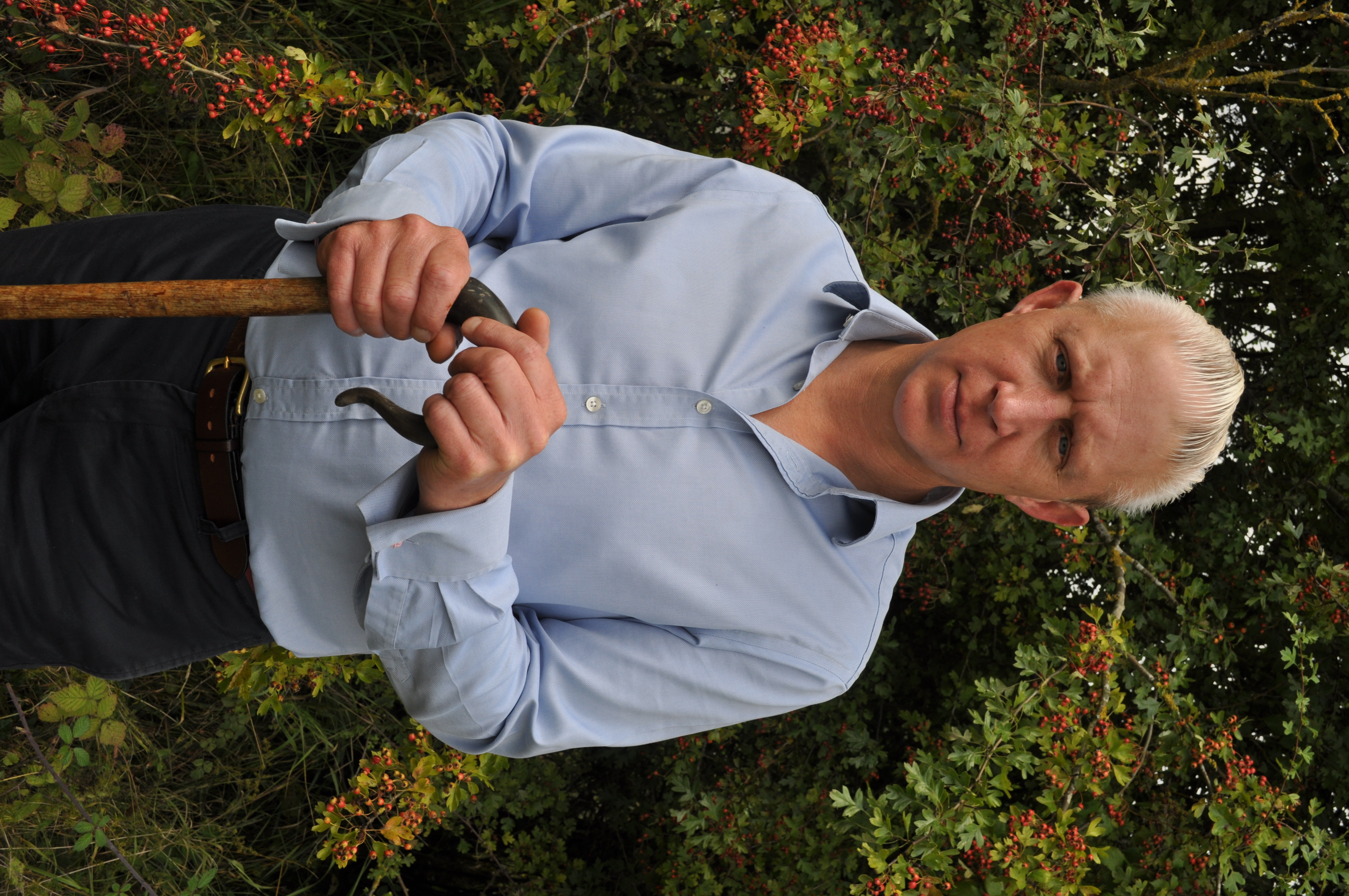December 2020
At last we are talking about what is beneath our feet and the importance of it for ourselves as well as our ecosystems. We have headlines of 50 harvests left! We have descriptions of soils that are dead and devoid of life, wormless, lifeless, and slumped. If we are to pull ourselves out of this hole of soil degradation we need to act now. We need everyone to buy in to what sustains life on Earth.
The debate on what is, and what is not, a public good might go on and if food is not considered one, then surely what produces it must be. Her Majesty’s Treasury might not wish to pay for something that already exists, but conversely, they are happy to restore our hedgerows and they are happy to reinstate our hay meadows, so why should soils be any different? With an ever-growing population and the need to make best use of our most productive land to produce food, we must recognise the importance of caring for soil. The care for our soils historically happened by default: we rotated crops, we under sowed cereals, we made use of nutrients from livestock. The soils thrived, they were robust and resilient.
The intensification of agriculture, the excessive use of artificial fertilisers and the only recently understood impacts of pesticides, have rapidly degraded our soils.
200 years ago, Coke of Norfolk encouraged farmers and landowners to meet to discuss the healthy production of food through rotation and utilisation of livestock. 100 years later George Henderson wrote ‘The Farming Ladder’, explaining the importance of diversity within the farm for productivity and profitability. Only last year Gabe Brown wrote ‘Dirt to Soil’ reinforcing the same message. More recently Woody Harrelson the narrated “Kiss the Ground” a Netflix documentary all about soil.
For farmland to be profitable and teeming with nature, we must change the way we do things currently. When all farms were abundant with wildlife it was for one reason and one reason only: the entire farm area delivered food but also delivered nature. The key for this delivery is through our soils: how we care for them, how we look after them and how we protect them.
We have an amazing opportunity to change the way we support farms, farming, and our natural environment, we can create the mechanisms of change. With the Agricultural Bill now an Act and the Environment Bill soon to follow, it is crucial we make best use of this. At the same time embracing modern methods with historical good practice. There has been an upsurge within the farming community in the recognition of rotation, the benefits of short rotational grazing, the addition of species rich cover crops capturing nutrients and carbon simultaneously. These new crops are multi-functional: healing the soil, benefitting food production, whilst also benefitting broader biodiversity within the farmed landscape. Thereby producing healthier food and healthier environments within a farmed system. There must be recognition of these initiatives and changes in management, both benefit the land, those that work on it and those that feed off it.
DEFRA has compiled a series of standards under its component one of the new Environmental Land Management scheme. These range from a series of actions: basic, medium, and high. But have they gone far enough and are some of these actions and standards effectively good land and soil husbandry? Some might say that carrying out a basic visual soil assessment comes as second nature to most farmers at an almost instinctive level, so it would not be wise for Government to use scarce land management funds paying for the very basics that would take place anyway.
But more encouraging is the support of green manures and herbal rich grass lays into an arable rotation. These reap real rewards in public benefits and should be well-supported. Within grassland there is a suggestion of grazing to allow summer flowering, this would imply they are happy for the over wintering of stock-which is well documented to be both beneficial to the animals but also the environment. Furthermore, there is a distinct tone within their standards of the widening of rotations that benefit soil, its structure, and its longevity for productivity. There is much talk of soil organic matter, carbon and biology indicators, earthworms being the most obvious.
Although this journey feels like it has been never ending, I am of the belief that the direction of travel and the thinking of others is one that could, and should, promote and support farmers and land managers to be more sustainable in their approach to soils. Thus, ensuring diversity and a healthier environment all round.
Jake Fiennes is Conservation Manager of the Holkham Estate in Norfolk.
The opinions expressed in this blog are the author's and not necessarily those of the wider Link membership.




Latest Blog Posts